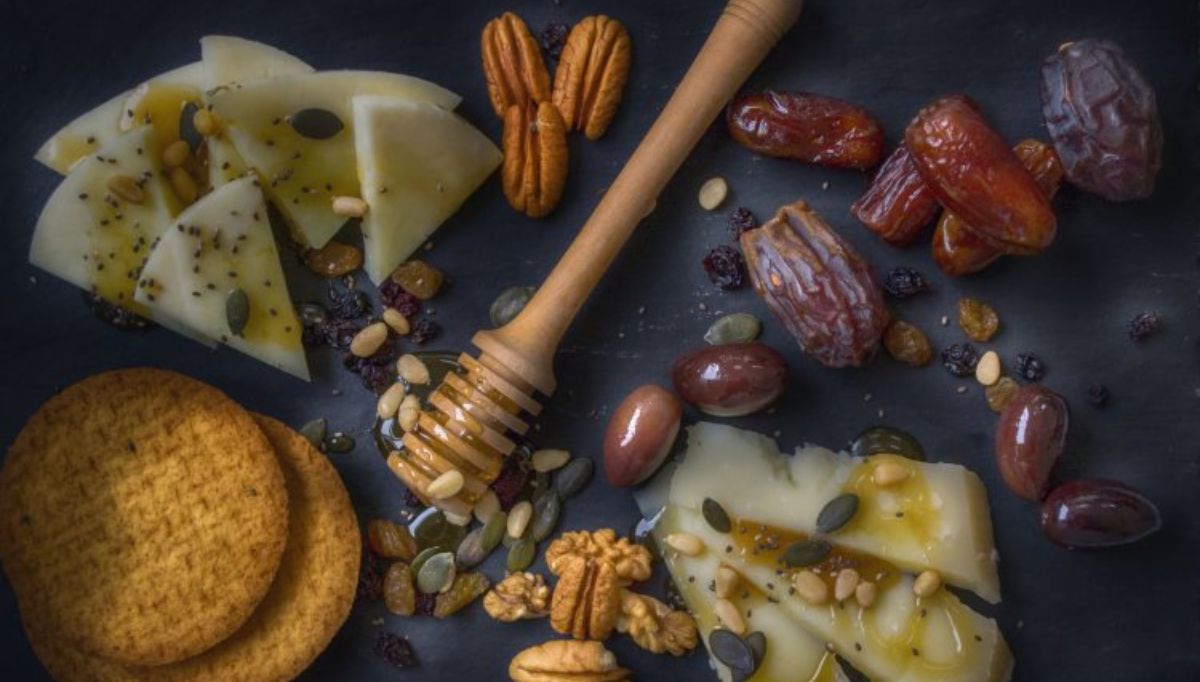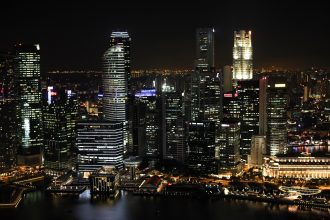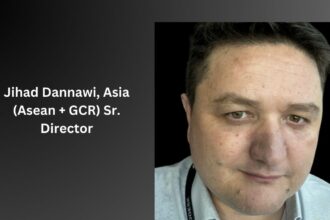Global martech leader offers nine tips for FMCG, food and travel marketers this Ramadan
With Ramadan less than a week away, advertisers and marketers across Southeast Asia are finalising their plans for one of the key sales periods of the year. Throughout the month, and particularly during Eid al-Fitr, there’s a marked increase in travel, eating out and shopping for gifts.
Mobile will be a key part of this surge as it is a constant companion for hundreds of millions during Ramadan. Facebook reports that in both Indonesia and Malaysia, 4 in 5 conversions during Ramadan happen on mobile. And with more than 853 million mobile connections in Southeast Asia, it is clear how important mobile will be for brands trying to reach and convert new and existing customers.
“We’re experts in deciphering location data into real-world intelligence, helping brands create more relevant, engaging and effective digital marketing,” said Richard Andrew, Managing Director of Asia, Blis. “With the right analysis we can identify the moment when consumers are most ready to purchase. With Ramadan almost upon us, brands have a fantastic opportunity to use location data to engage their customers in an authentic, personal and timely way.”
Here are our top tips for marketers in FMCG, dining and travel looking to maximize their efforts this Ramadan:
FMCG
- Southeast Asian consumers place a high value on convenience, no matter how loyal they appear to be to any brand or chain. Marketers should make sure their goods are stocked at as many major outlets as possible as convenience trumps loyalty over this period.
- Search and browsing activity spikes in the early hours before sunrise, 4-5 a.m., and in the evening hours of 5-8 p.m., often when people are sitting in traffic or on the way home after a busy day.
- Marketing for gifts and personal items is most effective when launched earlier in the holiday. Last year in Indonesia sales picked up 10 days into Ramadan and lasted until two weeks before Eid.
- Consider the importance of the commute. It is possible to add geofencing to your marketing strategy to incorporate bus stations as an example. This has both the advantage of dwell time as well as opening an opportunity to link OOH and mobile campaigns.
- Advertisers and marketers should continue to engage shoppers throughout and even beyond Eid in order to maintain the connections they have built to stay top of mind with gift-buyers.
Dining
Convenience-minded attitudes also exist when it comes to eating, as fast food options are incredibly popular after sunset.
- Dining with family is a priority during Ramadan. Blis recommends that marketers target office workers near their restaurants who are looking to skip traffic, but still meet up with their families at popular eateries.
- Attract new customers through targeted offers for family meals on mobile devices. By using geo-fencing, it is even possible to raise brand awareness when consumers are at a rival eatery.
Blis research in Indonesia revealed that Burger King was the most popular eatery, followed by Carl’s Jr. But as with retail, loyalty in the fast-food category isn’t absolute, and when loyalty is absent convenience is often the primary decision-making factor. While 44 percent of Carl Junior’s customers visited a Burger King, only 13 percent of the King’s fans went in the other direction. Similarly, 78 percent and 63 percent of Burger King customers also visited Pizza Hut and KFC respectively, suggesting timely brand presence—like serving an ad in proximity when it’s time for Iftar—can sway those micro-moments in your favour.
Travel
Millions will be travelling for Mudik and will be relying on the internet to plan their trips. To make the most of the season, travel marketers can use real-world intelligence gleaned from mobile devices captured at travel hubs in previous years.
Travellers value travel updates, discounts and promotions, advice on the best routes and the entertainment they can view while travelling. That is why it is vital to directly target devices in airports, train stations and bus stations on peak travel days.
Ramadan is usually the busiest ad season of the year for core markets like Indonesia and Malaysia, making it an optimal time to meaningfully capture people’s attention – and keep it. By up levelling marketing efforts with real-world intelligence built on the most accurate location data, brands can ensure people see more personalised and timely messages, which will result in greater conversion.
The final tip, relevant to all advertisers and marketers, is to not just measure the success of this year’s campaign, but also accurately attribute their success to the right online and offline channels, in order to make next year’s Ramadan even better.
















